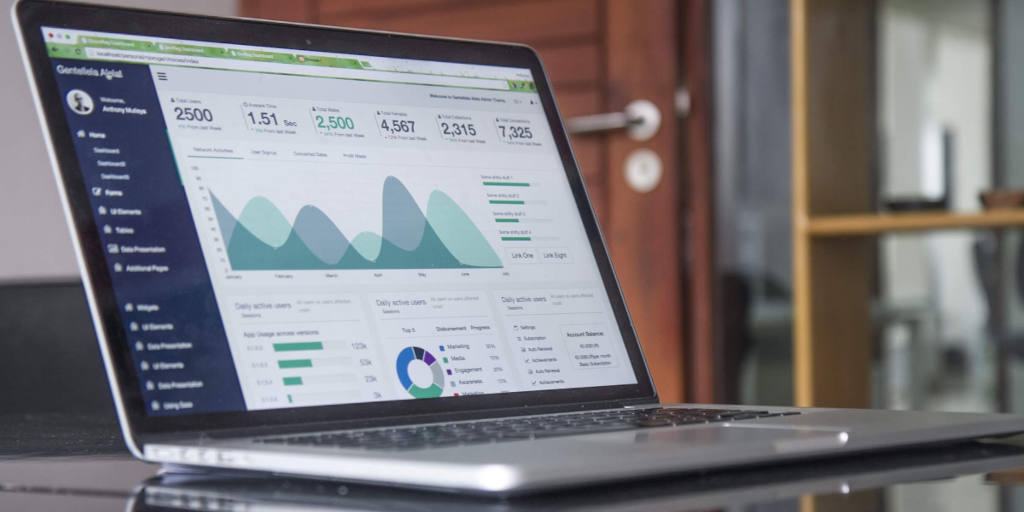The financial services industry is actually the largest sector of the US economy. It represents 21% of Gross Domestic Product. That’s bigger than the wholesale, retail, manufacturing, health care, government and energy sectors.
The financial services sector is different from other sectors of the economy. Financial services are based on building and nurturing relationships, not just delivering commodities, goods and services. The sector’s most important asset is trust.
To run their firms, managers in the financial services sector need a way to automatically:
- store and update prospective and current customer accounts
- keep track of client activity
- trigger client engagement and
- analyze account and employee behavior and performance.
Salesforce has built a customer relationship management (“CRM”) solution called the Financial Services Cloud (“FSC”) tailored to the industry. The FSC is architected to mirror the complex relationships that characterize the wealth and asset management industry: client, household, underwriter, agent, trader etc. and the intricate workflows involved in policy, loan, debt, equity and/or portfolio management. The detailed functionality of FSC is described in detail in an article by Salesforce Ben .
The utility of Financial Services Cloud can be greatly improved through the use of data connectors. Data connectors can turn the CRM from a static database requiring manual data entry to a dynamic information repository that is updated automatically. There are four steps involved in converting a CRM from a manual tool to a supercharged automated solution.
Capture
Store
Act
Analyze
Capture
The Salesforce and ISVForce vendors on its AppExchange offers data integration connectors that can automatically capture customer communications from the major customer engagement channels:
- Website
- Social Media
- Text
- Phone
- Calendar events
There are dozens of data connectors featured on the Email and Calendar category page on the AppExchange. Some are plug-ins like Cirrus Insight and Linkpoint360; others are cloud apps like Match My Email and Einstein Activity Capture.
Store
Salesforce or its AppExchange partners offers four different ways customer communications can be stored in Salesforce records;
Tasks in Classic
Activities and Enhanced Email in Lightning
Custom data files in custom objects
Links to off-site data hosted on a remote server
All three methods have pros and cons. Einstein Activity Capture is an example of mode #4, links to off-site data on a remote server. Based on this architecture, EAC doesn’t work with native Salesforce reporting and tracking tools. Match My Email specializes in uploading data to the Salesforce database for permanent retention and use with standard Salesforce reporting tools. The cloud app can upload emails and calendar events are tasks in Classic, activities and Enhanced Email objects in Lightning and custom data files in a custom object called Email Messages. Calendar events are stored in the Activity timeline. Custom data files/objects take longer to configure but they can be tailored to mirror exactly the relationship architecture of a financial service firm and the custom workflow of any type of organization.
Act
Once data has been automatically synced to Salesforce, it is typically presented in a single timeline or in separate Activity sections dedicated to different engagement modes like phone or email. How the data is presented in Salesforce really comes down to user or organization preference. Within the single timeline or dedicated activity sections of the page layout, Salesforce and AppExchange offer lots of different action buttons that enable users to respond or follow up with customers from inside Salesforce. Actions like Reply and Forward are connected to Email Templates and Mail Merge modules and/or drip email workflows. Voice-over IP calls can be launched and logged from inside Salesforce records. Some of the newer apps focus on text messaging like Mogli.
Analyze
Once a data connector has run for a while, sufficient data accumulates in Salesforce to support useful reports, dashboards and List Views. Customer data can be analyzed to determine which customers are engaged and which customers have lost interest. Unanswered Email reports are a simple example. They show which customers have not responded to an email prompting a sales professional to contact the client. Data connectors that store information off-Salesforce on remote servers like Ebsta do their reporting in the off-line server, while apps that upload activity data to the Salesforce database like Match My Email integrate with standard Salesforce analytic tools.
More and more wealth managers are transforming their businesses using Salesforce’s Financial Cloud in combination with data connectors that update customer records automatically in real time in the cloud. If you are interested in learning more about how data connectors can transform Salesforce from a manual data entry tool to a dynamic data capture application, reach out to Match My Email and we can answer any of your questions.

